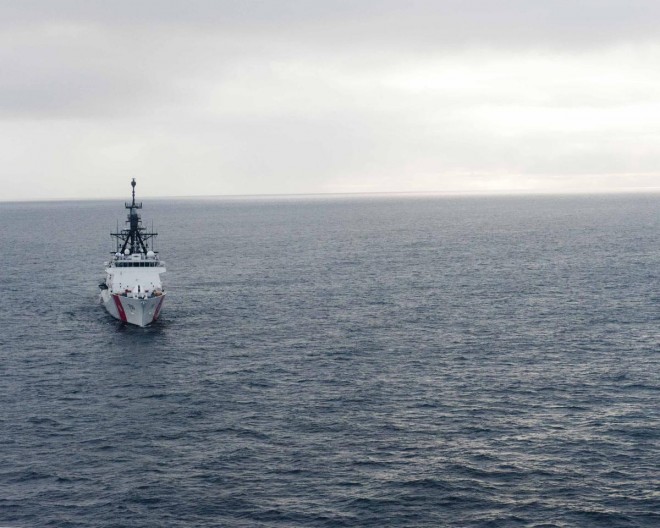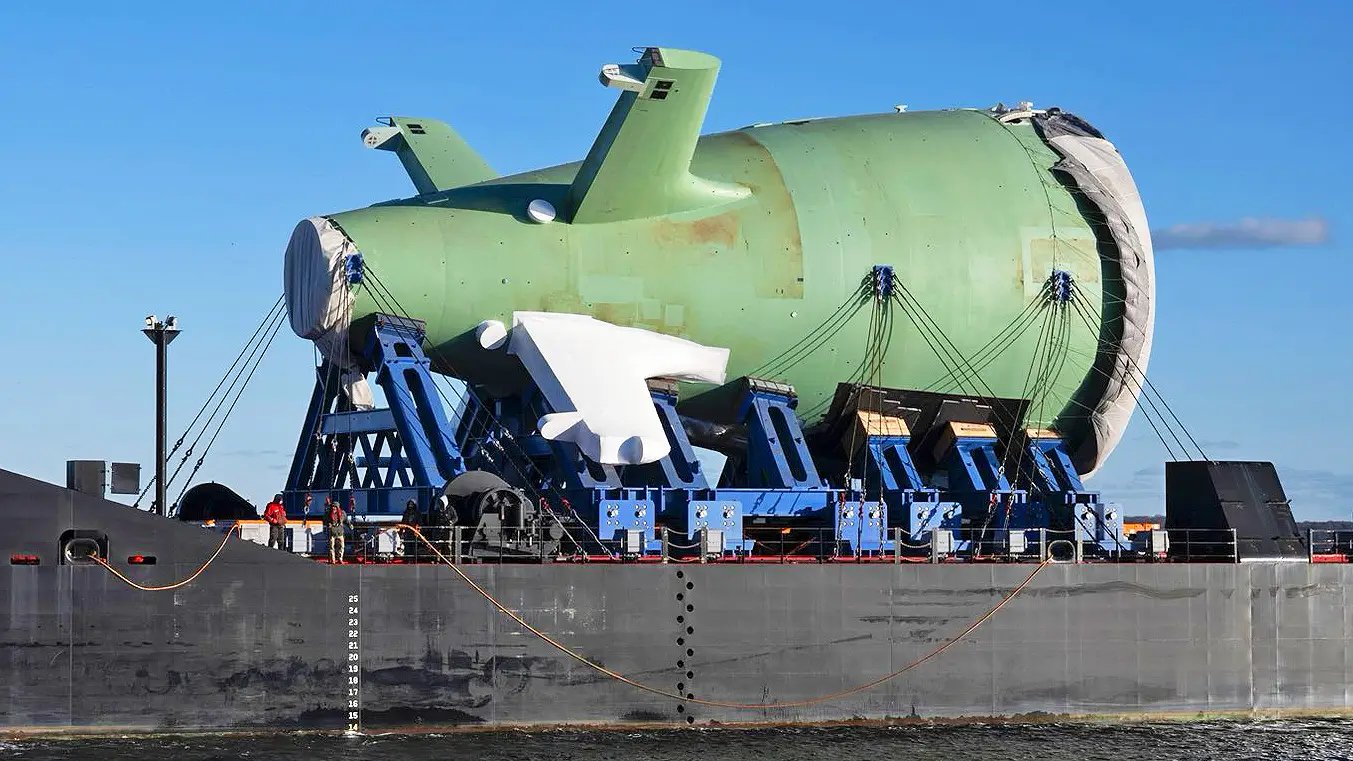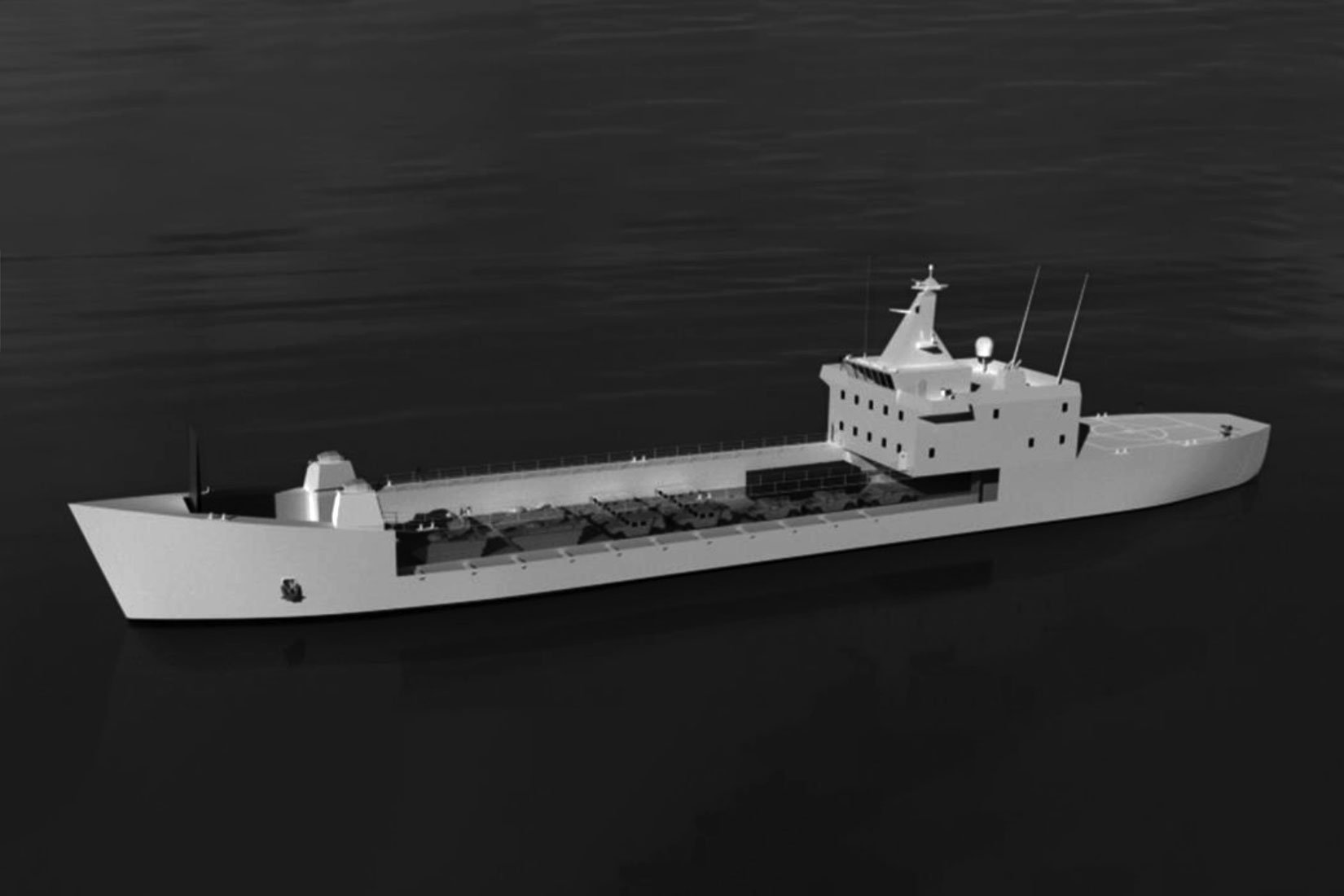Even as the Coast Guard gets a grip on the Arctic, drug smugglers in the eastern Pacific are slipping through its fingers, Commandant Adm. Robert Papp acknowledged Thursday.
At the Surface Naval Association Symposium, Papp told reporters he has been forced to give some things up as demands on the Coast Guard increase in the warming Arctic. As he has sent the service’s new National Security Cutters into the frozen north, it has been at the expense of man- and ship-hours for other missions, including drug interdiction in the eastern Pacific.

“We don’t have enough ships out there to interdict all the known tracks that we’re aware of,” he said. “We intercept as many as we can.”
Papp noted that the U.S. Navy’s Oliver Hazard Perry-class frigates have stepped in to fight drug smuggling in the Caribbean for the past decade. However, he added, those frigates are scheduled to be decommissioned as the littoral combat ship (LCS) fleet ramps up. LCS has caught traffickers near South America before, but Papp said their future role in such operations are a question for the Chief of Naval Operations.
“Lots of times people ask me if the Coast Guard is going to step in to fill a Navy gap,” he added. “The Navy’s reducing as well.”
Other missions on the chopping block have been exercises with the Navy in the western Pacific and high-seas fishery patrols.
But Papp was optimistic about the Coast Guard’s icebreaker fleet, which has long been a subject of consternation to Coast Guard Commandants. In its ice-smashing heyday, the USCG had one medium ice-breaker, the USCGC Healy (WAGB-20), and two heavy ice-breakers, the Polar Sea (WAGB-11) and the Polar Star (WAGB-10).
The Polar Star, which had been mothballed, finished preparation for a return to service late last year, and the president’s fiscal 2013 budget includes $8 million for the Coast Guard to get started on a heavy icebreaker replacement to come online around when the Polar Star again stills her engines. He said possible amendments stopping the Polar Sea from being cannibalized for spare parts until those studies are finished won’t have a negative effect on the other icebreakers.
Now Papp wants to take the next step: planning for a second heavy icebreaker replacement, so the United States can get back to full icebreaking strength. He said he’ll provide more details in the Arctic strategy document he plans to submit to Homeland Security Secretary Janet Napolitano sometime within the next month.
In fact, he said, the Coast Guard will once again be able to participate in breaking out the antarctic research station once summer comes. This year, the service also will test ScanEagle prototypes on National Security Cutters, once in the spring and once in the fall. David Sliwa, director of business development for ScanEagle manufacturer Insitu, said the next test will be off the cutter Bertholf (WMSL-750).
However, like every branch of the federal government, the Coast Guard’s hopes and dreams are contingent on avoiding sequestration. Papp said he couldn’t give details on what would be first to go if sequestration came to pass.
“There’ll be an impact, and obviously I’m making plans for it, but I’m obligated to talk to [Secretary Napolitano],” he said. “We’re preparing for a wide range of scenarios.”




